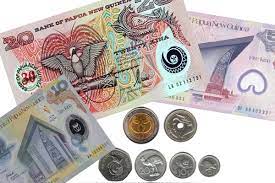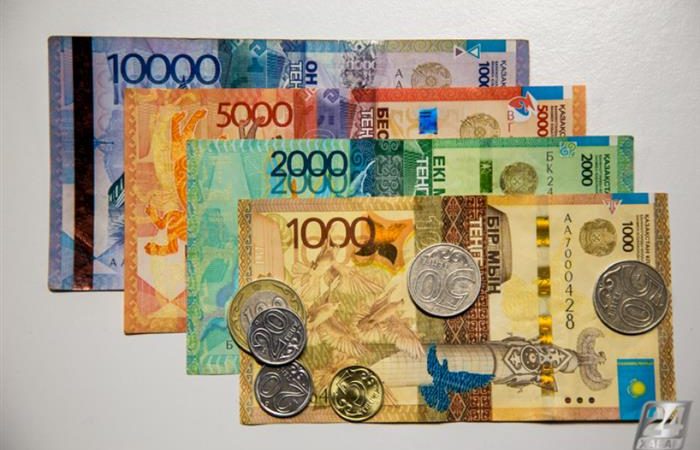Introduction:
A nation’s national currency represents its identity, sovereignty, and economic stability in addition to being a means of transaction. This paper explores the complex link between national currencies and economic well-being, as well as the historical relevance, influence on a nation’s identity, and implications for national currencies.
I. Historical Significance of National Currencies:
1. Evolution of Currency Systems:
- Over millennia, the idea of national currencies has changed, starting with barter systems and progressing to the introduction of paper money and metal coins. Different national currencies were created as a result of the necessity for standardized means of commerce that arose as civilizations advanced.
2. Symbol of Sovereignty:
- The process of a country achieving independence and sovereignty is frequently linked to the introduction of its own currency. One of the most important aspects of statehood is the power to manage and regulate the money supply, which represents independence in economic matters.
II. National Identity and Cultural Symbols:
1. Cultural Representations:
- National currencies act as platforms for the manifestation of culture. Portraits of notable historical individuals, famous sites, and symbols honoring the nation’s natural and cultural history are frequently included in designs. This blending of cultural components promotes pride in one’s identity.
2. Commemorative and Special Editions:
- Coins and banknotes with special editions and commemoratives offer a way to honor historical turning points, cultural contributions, and national accomplishments. These editions serve as teaching tools that provide a sense of history and legacy while also promoting national identity.
III. Economic Stability and Monetary Policy:
1. Stabilizing the Economy:
- One of the most important factors in preserving economic stability is the national currency. In order to manage inflation, interest rates, and the money supply—all of which have an immediate bearing on the value and stability of the national currency—central banks employ monetary policies.
2. Currency Pegs and Exchange Rates:
- Some countries decide to peg its currency to a basket of currencies or a stable foreign currency. Although this tactic offers some stability, it must be carefully managed to prevent unfavorable outcomes. Exchange rates affect a nation’s ability to compete on the international stage and are impacted by a number of economic issues.


IV. Challenges to National Currencies:
1. Inflation and Devaluation:
- A national currency may devalue as a result of inflationary pressures that reduce its buying power. Effective monetary policies must be put in place by governments in order to control inflation and preserve currency trust.
2. Economic Shocks and External Factors:
- Global recessions and other geopolitical events are examples of external economic shocks that might negatively impact a country’s currency. Strong reserves and economic strategies are essential for reducing the effect of outside influences on the currency’s stability.
V. Transition to Digital Currencies:
1. Rise of Digital Currency:
- The landscape of national currencies is altered by the advent of digital currencies, such as cryptocurrencies and central bank digital currencies (CBDCs). Concerns concerning financial privacy, security, and the place of traditional currencies in a financial system that is undergoing fast change are brought up by these digital payment methods.
2. Challenges and Opportunities:
- Although there are obstacles associated with digital currencies, there are also chances for financial innovation and accessibility. Governments have to handle issues with security, regulation, and economic ramifications while navigating the challenges of incorporating digital currencies into the current monetary systems.
VI. Global Reserve Currencies:
1. Dominance of Major Currencies:
- A few currencies are designated as the world’s reserve currency, including the euro, the Japanese yen, and the US dollar. Economic benefits associated with this position include lower borrowing rates and increased clout in global commerce.
2. Calls for a Multipolar Currency System:
- To lessen reliance on a small number of dominating currencies, some support the transition to a multipolar currency system. A more equitable and inclusive international economic system may be facilitated by the diversification of reserve currencies.
VII. The Future of National Currencies:
1. Technological Advances:
- Future developments in fintech and blockchain technology might drastically alter national currencies. For their monetary systems to remain relevant and useful, governments and central banks must adjust to these developments.
2. Sustainability and Green Finance:
- Economic policies are being influenced by environmental concerns, with an increasing focus on sustainability and green financing. National currencies could encourage investments and behaviors that are ecologically friendly.


Conclusion:
In summary, a country’s national currency is a fundamental component of its economic, cultural, and sovereign identities. National currency dynamics are always changing, from historical shifts to the problems presented by virtual currencies. The future of these crucial symbols will be shaped by the interaction of technical breakthroughs, cultural representation, and economic stability. The national currency continues to be a strong and enduring representation of a nation’s identity and goals as it helps nations negotiate the challenges of a globalized world.




